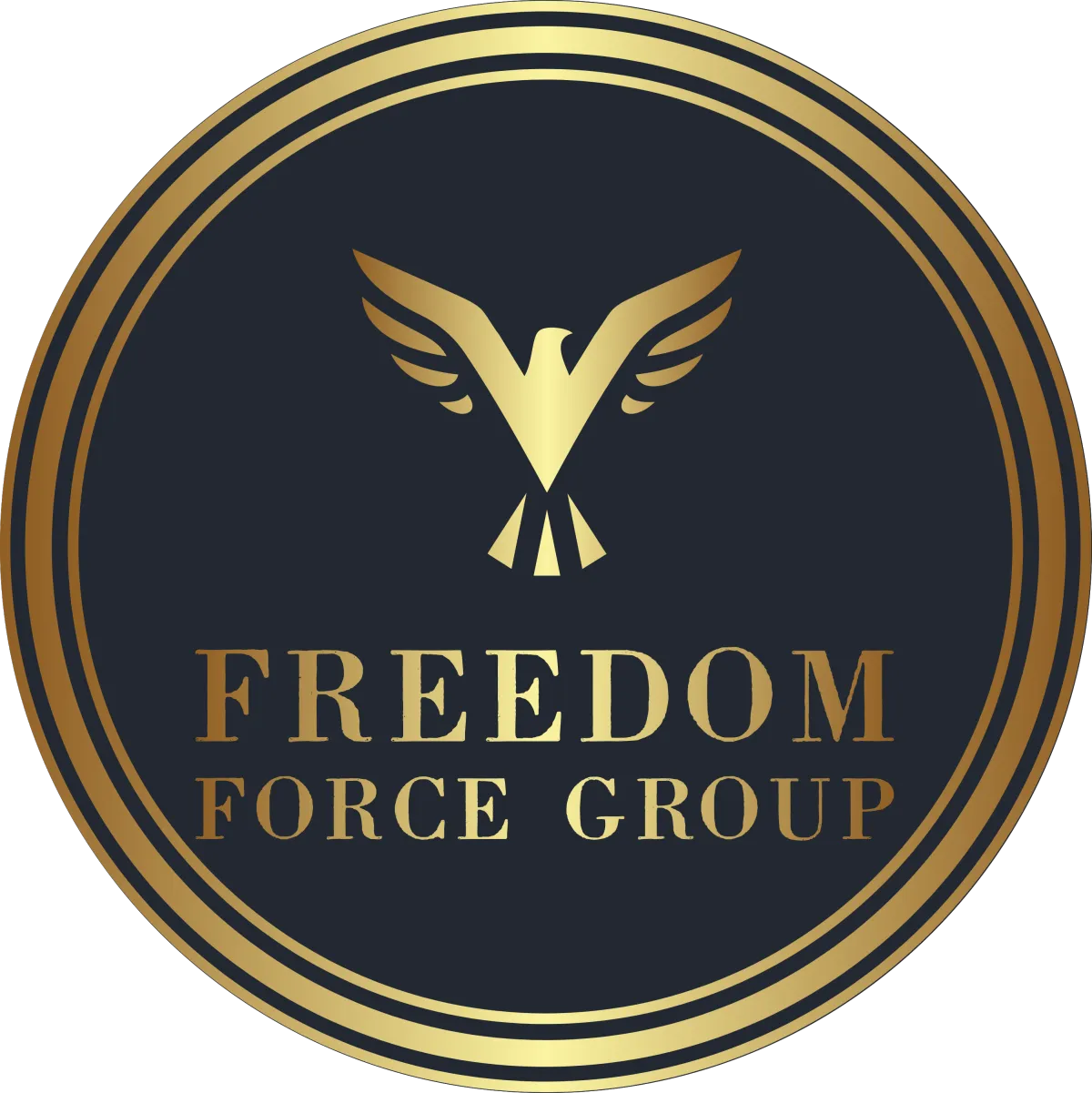Indexed Universal Life Insurance
What is Indexed Universal Life Insurance?
Indexed Universal Life (IUL) Insurance is a type of permanent life insurance that offers both a death benefit and the opportunity for cash value accumulation, with the cash value growth linked to the performance of a specific stock market index, such as the S&P 500. IUL provides the flexibility of adjustable premiums and death benefits, along with the potential for higher returns compared to traditional universal life insurance, while still offering downside protection.
Key Features:
Index-Linked Growth Potential: The cash value in an IUL policy is tied to the performance of a stock market index, allowing you to benefit from market gains without directly investing in the market. This offers the potential for higher returns than traditional fixed-interest universal life policies.
Downside Protection: Even though your cash value is linked to a market index, IUL policies typically come with a guaranteed minimum interest rate (often 0%), ensuring that you won’t lose money if the index performs poorly. This safety net protects your cash value from market downturns.
Flexible Premiums: IUL policies allow you to adjust your premium payments, giving you the option to increase or decrease payments based on your financial situation. You can pay more to grow your cash value faster or reduce payments if necessary, provided there’s enough cash value to cover policy costs.
Adjustable Death Benefit: You have the flexibility to increase or decrease your death benefit as your financial needs change over time, subject to certain conditions and underwriting requirements. This ensures that your coverage remains aligned with your long-term goals.
Policy Loans and Withdrawals: You can borrow against the accumulated cash value or make partial withdrawals to fund various financial needs, such as education, retirement, or emergencies. However, loans and withdrawals may reduce the death benefit and cash value and could have tax implications.
Cap and Participation Rates: IUL policies often have a cap on the maximum return you can earn and a participation rate that determines the percentage of the index gain that’s credited to your cash value. For example, if the cap is 10% and the index gains 15%, your cash value growth might be limited to 10%. Similarly, if the participation rate is 80% and the index gains 10%, your cash value growth would be 8%.
Why Consider Indexed Universal Life Insurance?
IUL insurance is ideal for those seeking a balance between growth potential and protection. It’s particularly attractive to individuals who want lifelong coverage with the added benefit of cash value accumulation tied to the stock market but without the direct exposure to market risk. It’s a flexible option for long-term financial planning, providing opportunities to build wealth while safeguarding your family’s future.
Growth Opportunities:
The ability to link your cash value to a market index allows you to potentially earn higher returns compared to traditional universal life insurance. However, it’s important to understand the policy’s cap and participation rates, as these factors will influence the actual growth of your cash value. Regularly reviewing your policy with a life insurance professional can help ensure that it remains aligned with your financial goals.
Risks and Considerations:
While IUL offers downside protection, it also comes with some limitations. The cap on returns and participation rates can restrict the growth of your cash value, especially in strong market years. Additionally, managing an IUL policy requires attention to premium payments, cash value performance, and policy costs, as lapses in coverage can occur if the cash value is insufficient to cover these costs.
What Happens if You Stop Paying Premiums?
If you stop or reduce premium payments, the policy costs will be deducted from your cash value. If the cash value falls too low to cover these costs, the policy may lapse, resulting in the loss of coverage. However, you have the flexibility to adjust your premium payments or make additional contributions to maintain the policy.
